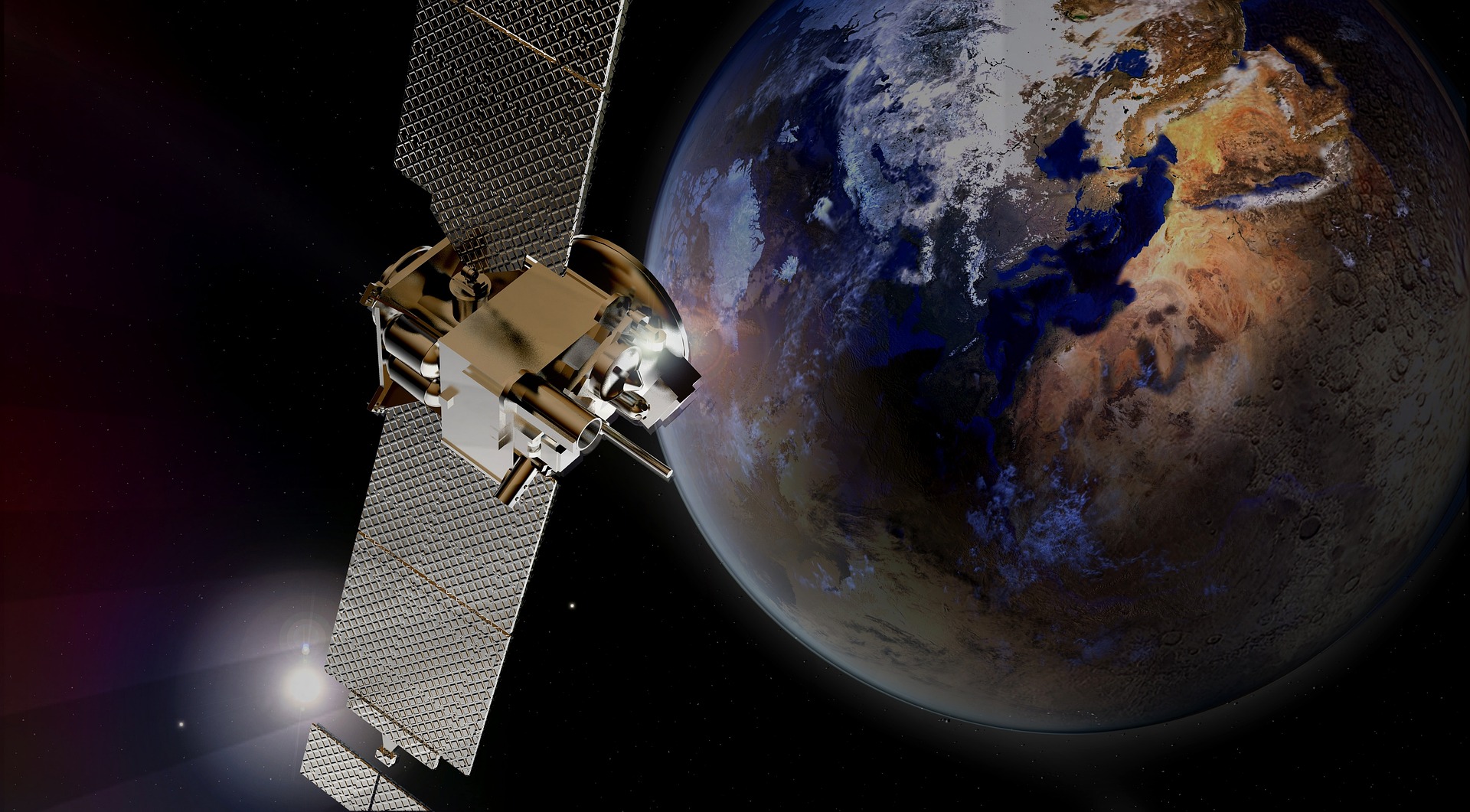The Emergence of Low Earth Orbit Mega-Constellations
The global telecommunications landscape is on the brink of a revolutionary shift as Low Earth Orbit (LEO) mega-constellations promise to redefine connectivity. These massive networks of small satellites, orbiting closer to Earth than traditional communication satellites, are poised to deliver high-speed internet to even the most remote corners of the planet. But what challenges and opportunities lie ahead for this ambitious endeavor?
The idea of LEO constellations isn’t entirely new. In the 1990s, companies like Iridium and Globalstar attempted similar projects but faced financial and technological hurdles. However, advancements in satellite miniaturization, launch capabilities, and data processing have made the current wave of LEO mega-constellations more feasible and economically viable.
The Players and Their Plans
Several companies are vying for dominance in the LEO mega-constellation market. SpaceX’s Starlink project aims to deploy thousands of satellites to provide global broadband coverage. Amazon’s Project Kuiper and OneWeb are also working on their own constellations, each with unique approaches and target markets.
These companies are not just focusing on consumer broadband. They’re exploring partnerships with telecom operators, governments, and enterprises to provide backhaul for cellular networks, maritime and aviation connectivity, and specialized services for various industries.
Technical Challenges and Innovations
Deploying and maintaining thousands of satellites in low Earth orbit presents numerous technical challenges. One major concern is space debris. With so many satellites in orbit, the risk of collisions increases, potentially creating a cascade of debris that could render entire orbital planes unusable. To address this, companies are developing advanced collision avoidance systems and exploring ways to de-orbit satellites at the end of their operational life.
Another challenge is the need for sophisticated ground infrastructure. LEO constellations require a network of ground stations to maintain continuous coverage as satellites move rapidly across the sky. Companies are investing in advanced phased array antennas and developing software-defined networking solutions to manage the complex handoffs between satellites and ground stations.
Regulatory Landscape and International Cooperation
The deployment of LEO mega-constellations has sparked intense debate in the international regulatory community. The International Telecommunication Union (ITU) is working to establish new frameworks for spectrum allocation and orbital slot assignments to accommodate these large-scale constellations while ensuring fair access for all nations.
There are also concerns about the impact of these satellites on astronomical observations. The brightness of LEO satellites can interfere with ground-based telescopes, prompting astronomers to call for regulations on satellite visibility. In response, some companies are experimenting with darkening treatments and sunshades to reduce satellite reflectivity.
Economic and Market Implications
The success of LEO mega-constellations could dramatically reshape the telecommunications market. Traditional satellite operators and terrestrial internet service providers may face new competition, particularly in underserved areas where LEO constellations can offer a compelling alternative to fiber or cellular networks.
However, the economic viability of these projects remains uncertain. The upfront costs are enormous, with estimates ranging from billions to tens of billions of dollars for full deployment. Companies must navigate the challenges of mass-producing satellites, securing launch capacity, and building out ground infrastructure while racing to capture market share.
The Promise of Global Connectivity
Despite the challenges, LEO mega-constellations offer tantalizing possibilities for global connectivity. They have the potential to bring high-speed internet to regions where terrestrial infrastructure is impractical or too expensive to deploy. This could have profound implications for education, healthcare, and economic development in underserved areas.
Moreover, these constellations could provide resilient communication networks in disaster-prone regions, offering critical connectivity when terrestrial networks fail. They also promise to enhance global maritime and aviation communication, improving safety and efficiency in these industries.
The Road Ahead
As LEO mega-constellations move from concept to reality, the telecommunications industry stands at a crossroads. The success of these projects could usher in a new era of global connectivity, but significant technical, regulatory, and economic hurdles remain.
The coming years will be crucial as early deployments begin to offer services and regulatory frameworks evolve. The industry will need to address concerns about space sustainability, equitable access to orbital resources, and the coexistence of multiple constellations.
For consumers and businesses alike, the potential of LEO mega-constellations is exciting. As these projects progress, we may be witnessing the dawn of a truly connected global society, where high-speed internet is accessible from every corner of the planet. The journey to this future will undoubtedly be complex, but the potential rewards make it a venture worth watching closely.






